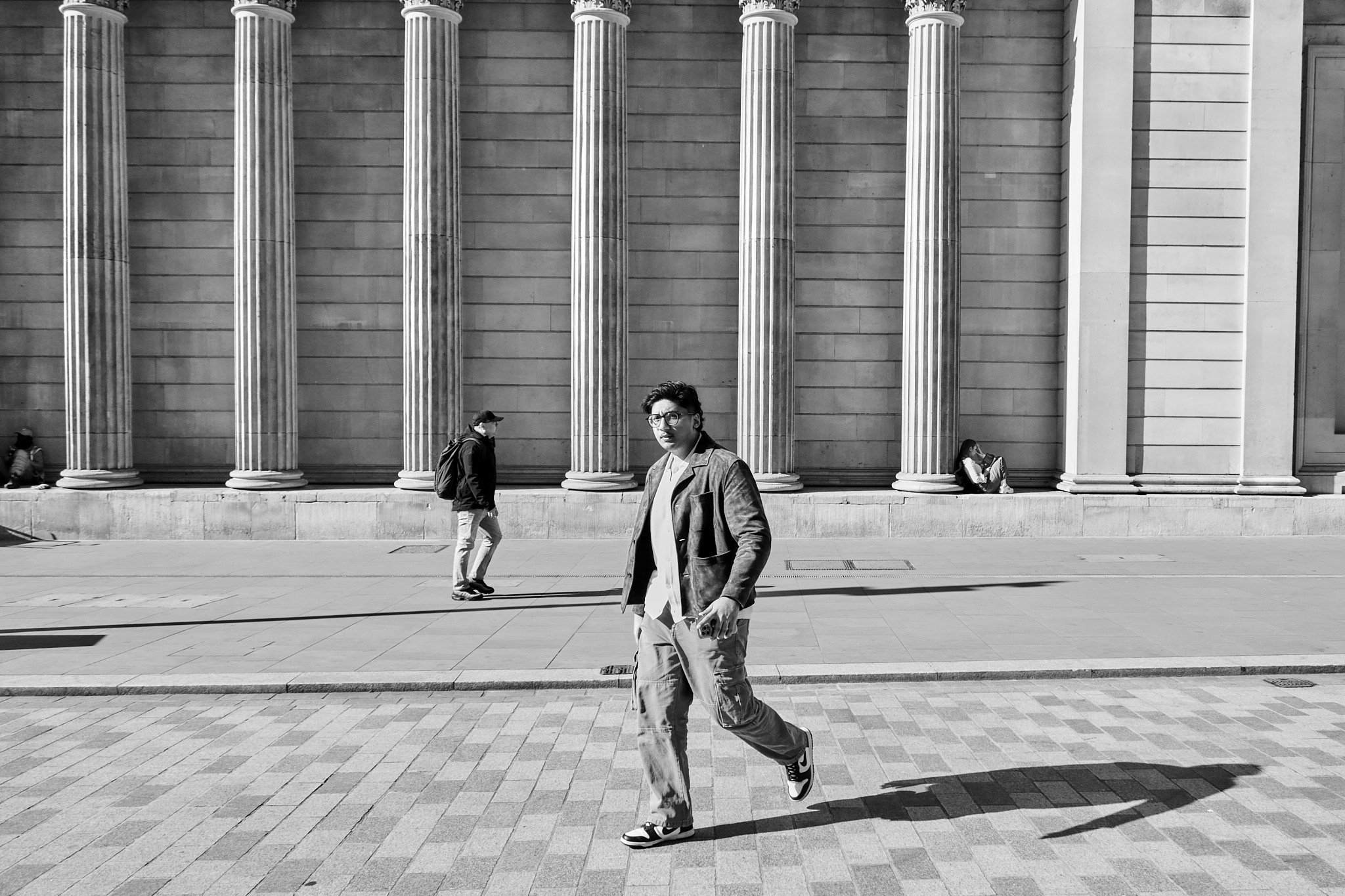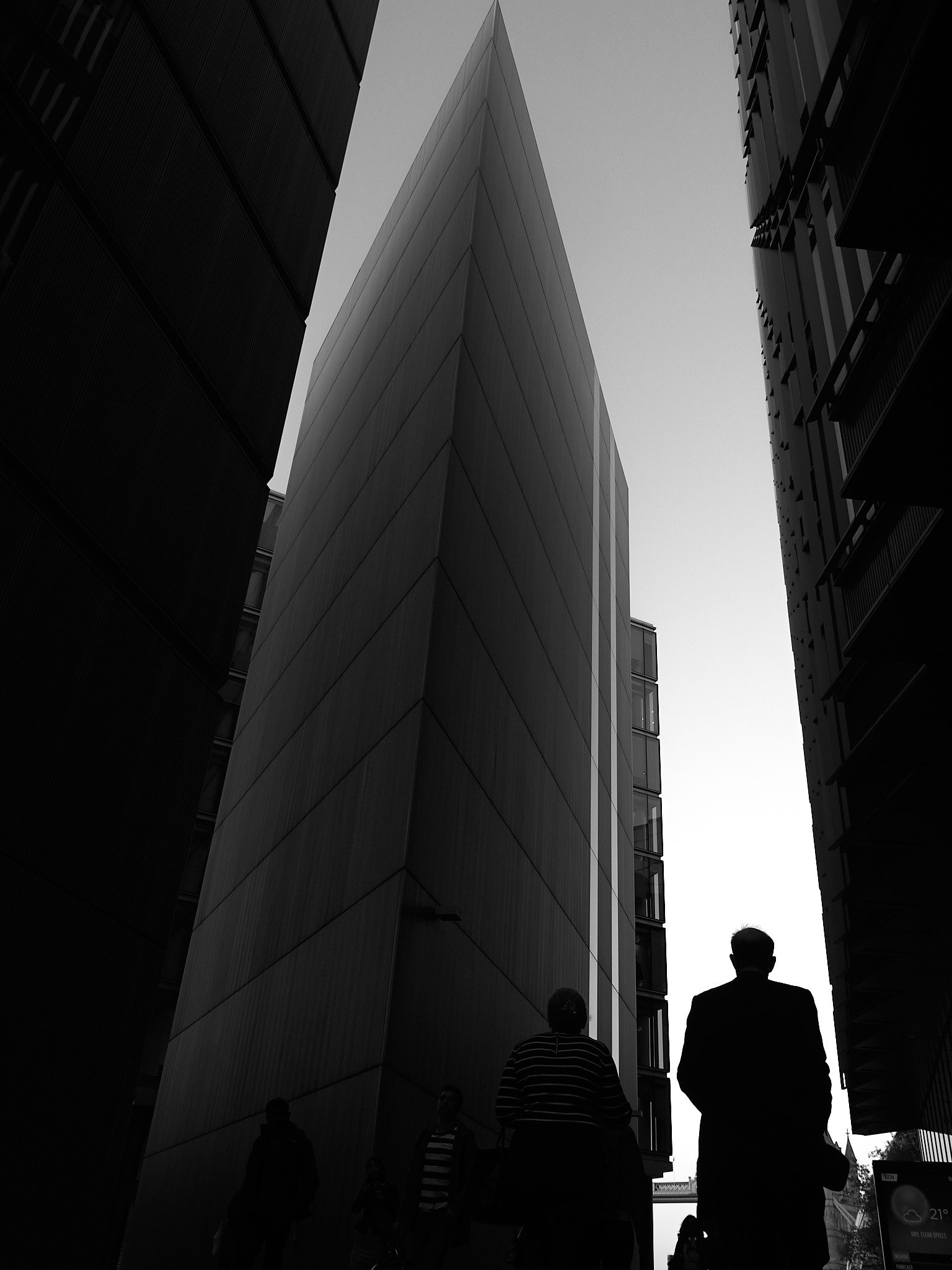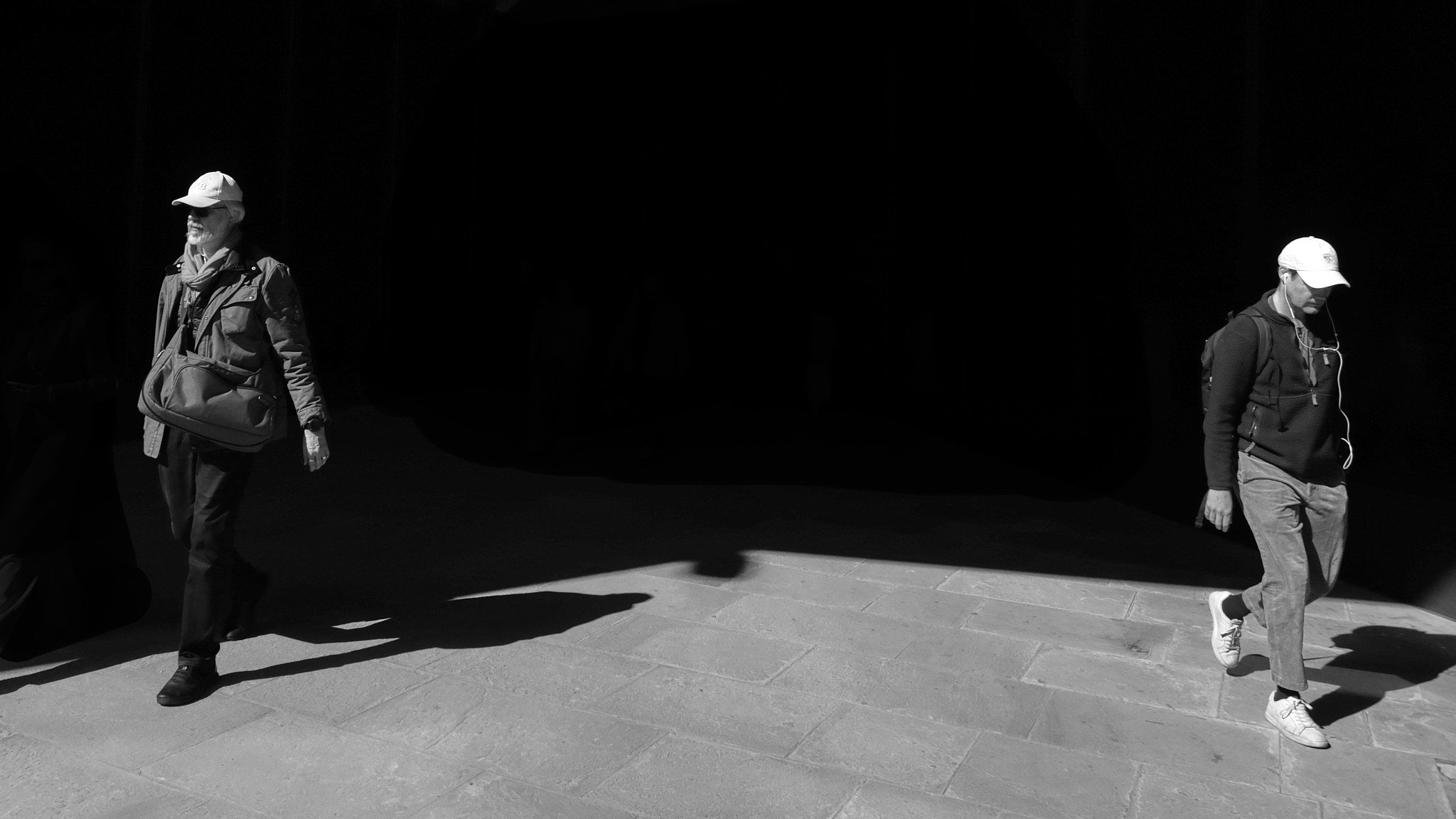Photography Blog
Personal work, updates, thoughts, opinions and the occasional tutorials and tips…
Great London Street Photography locations
Southbank
There’s no doubt that London is a great city, it ranks alongside other global cities like New York, Paris, Tokyo etc. It’s where I live with my family and also where I do most of my work.
The thing about living in a city like London is, it’s easy to take much of it for granted. When you see the same views on a regular basis it’s easy to become immune to their charms, and there have often been times when I’ve found myself getting frustrated with tourists stopping in the middle of busy pavements to admire the views and take pictures with their mobile phones. But then I’m reminded that people come from all over the world just to see these views that are so familiar to me and I make a renewed effort to see the city with fresh eyes. That’s often something I tell people on the Street Photography Workshops I run - try to see the world as if it’s all new to you and you’re seeing it for the first time. That’s also why, on those workshops I often find myself getting quite excited about scenes that are actually very familiar to me. If I have a camera with me, even though I’ve been there hundreds of times before, I’ll still take loads of pictures as if it’s my first time there. In a way, that speaks to the very essence of Street Photography - you never know what will unfold in front of your lens and the mundane or familiar surroundings of a well known location can often be transformed into something remarkable for a split second. The key is to be in synch with your surroundings and immerse yourself in the moment.
Millenium Bridge
Bank of England
Tate Modern
London is a big city and there are many areas I have yet to explore, but there are always a few favourite areas that I’m drawn to as they offer such rich potential for street photography. I tend towards black and white in my street photography as I find the timeless quality of monochrome resonates with the urban tones of the city. I especially love the high contrast light which provides rich black shadows on a bright sunny day. Of course I also enjoy colour too and some scenes look better in that way without a doubt. Nevertheless, I’m always drawn to what I see as the honesty of black and white, especially within the context of a simple, uncluttered scene, often with a single figure somewhere in the frame.
More London
More London
One New Change
Here are some of the areas I regularly visit for Street Photography, with a map below showing a suggested route that will take in some of them.
Royal Festival Hall and the Southbank
Tate Modern Turbine Hall
Millennium Bridge
Borough Market
Fenchurch Street to St. Mary Axe and the area around the Lloyds Building
Bank of England and the Royal Exchange
Brick Lane
Kings Cross and St. Pancras Station
One New Change
More London
If you want to join me on one a street photography walk, a group workshop or a one-to-one Street Photography session, please get in touch.
Fenchurch Street
St. Mary Axe










